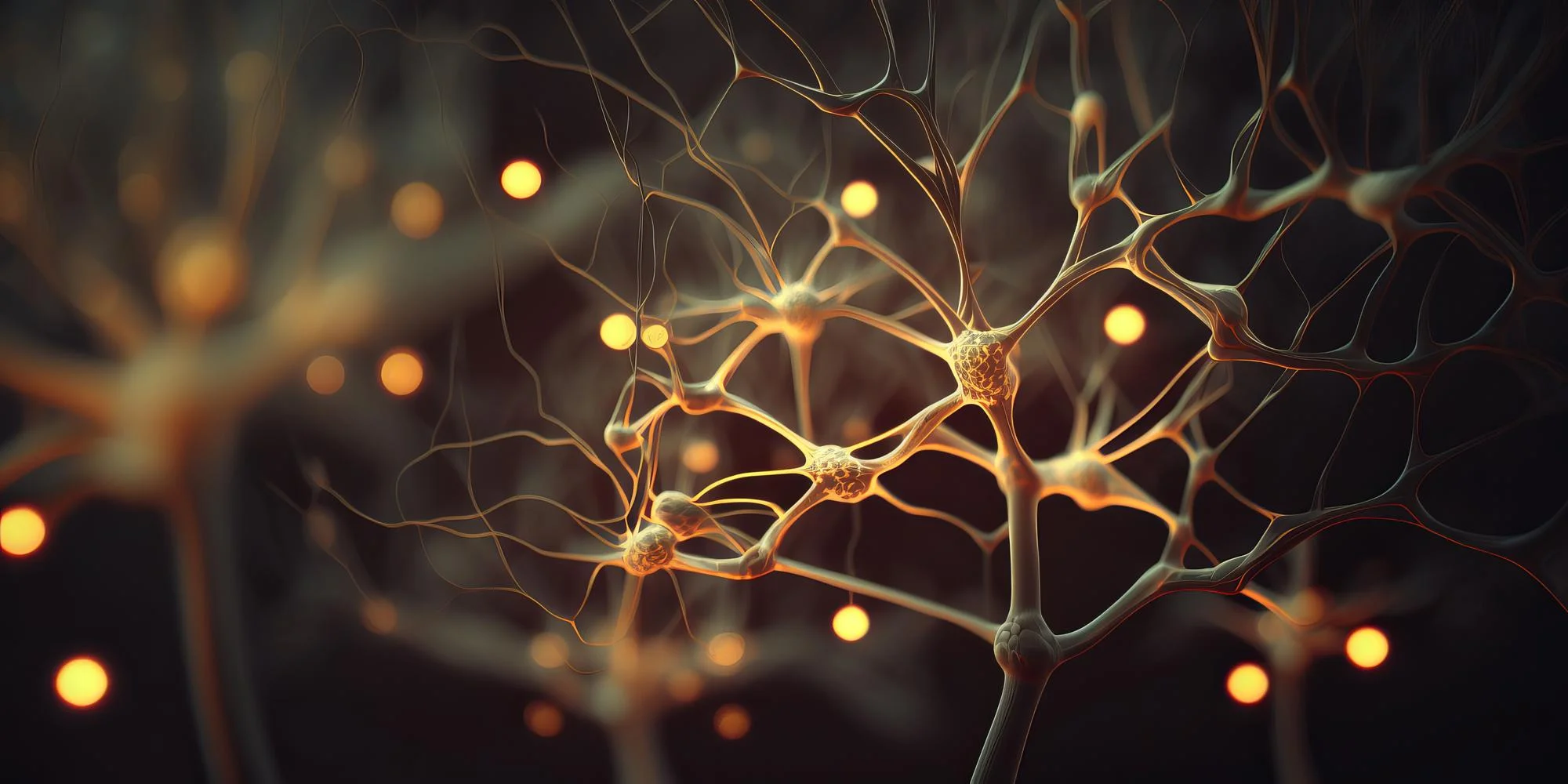In a groundbreaking review published in Pharmacological Research, a prestigious journal in the field of pharmacology on January 11, 2024, a team of renowned neuroscientists from Italy unveil significant discoveries regarding the regulatory mechanisms of neuronal nicotinic acetylcholine receptors (nAChRs). This review, authored by Cecilia Gotti from CNR, Institute of Neuroscience, Milan, Italy, Francesco Clementi from the Department of Medical Biotechnology and Translational Medicine, Università degli Studi di Milano, Milan, Italy, and Michele Zoli from the Center for Neuroscience and Neurotechnology (CfNN), University of Modena and Reggio Emilia, Modena, Italy, delves deep into the roles of chaperone and auxiliary proteins in the expression and function of nAChR subtypes.
Neuronal nicotinic acetylcholine receptors are an essential family of receptors that play critical roles in numerous physiological processes, including neurotransmission and neuromodulation, along with their implications in neurodevelopmental and neurodegenerative diseases. These pentameric, ligand-gated ion channels are predominantly found on the surface of neurons and other cells such as muscle cells.
The complexity of nAChRs, which arise from various subunits combination, necessitates a sophisticated protein assembly process to ensure proper receptor functioning. The latest findings indicate that chaperone and auxiliary proteins serve as crucial factors in nAChR biogenesis, assembly, trafficking, and regulation. These proteins are not merely passive participants; they intricately modulate the pharmacological properties of receptors, influencing channel activation and therapeutic targeting.
The review’s title, “Auxiliary protein and chaperone regulation of neuronal nicotinic receptor subtype expression and function,” highlights the innovation and depth of research contributed to the understanding of nAChRs. The work is cataloged under the DOI: 10.1016/j.phrs.2024.107067 and can be accessed with the identifier S1043-6618(24)00011-2 in the PubMed database under the record number 38218358.
Among the key findings reported in the review, it is disclosed that some auxiliary proteins exhibit selective preferences for specific nAChR subtypes, while others influence a broader range of subtypes. Importantly, these proteins are not solely limited to modulating nAChRs; they extend their role to other receptor systems and signaling pathways, indicating a more versatile function than previously thought.
Moreover, the research touches on how alterations in auxiliary proteins may tie into nAChR dysfunctions, providing insights into critical pathways that may contribute to neurological disorders. Their impact on receptor pharmacology opens new avenues for therapeutic interventions that specifically target these modulatory proteins, potentially offering more precise treatment strategies for a range of neural conditions.
The review also underscores the application of genome-wide cDNA screening as a powerful tool for identifying and characterizing these chaperone and auxiliary proteins. This cutting-edge technique has proven invaluable for mapping the nuanced network of interactions involved in the assembly and regulation of nAChRs.
Gotti, Clementi, and Zoli have set a new standard for research in the field of neuropharmacology with their detailed review of chaperone and auxiliary protein roles. They have exemplified comprehensive scientific inquiry and thorough analysis in their collaborative effort, giving no indication of any competing interest that could affect the objectivity of their research as per the Declaration of Competing Interest.
For those interested in the intricate dance of proteins that underlie the functionality of one of the most vital receptor systems in the human body, this article serves as an informative and enlightening guide. Its implications for the future of pharmacology and neuroscience cannot be overstated, offering a tantalizing glimpse into the possible next steps for medical research and treatment modalities.
Keywords
1. Neuronal nicotinic acetylcholine receptors
2. Chaperone and auxiliary proteins
3. Receptor biogenesis and trafficking
4. Neuropharmacology research
5. nAChR subtypes and activation
References
1. Gotti, C., Clementi, F., & Zoli, M. (2024). Auxiliary protein and chaperone regulation of neuronal nicotinic receptor subtype expression and function. Pharmacological Research, 200, 107067. https://doi.org/10.1016/j.phrs.2024.107067
2. Changeux, J. P. (2012). The nicotinic acetylcholine receptor: the founding father of the pentameric ligand-gated ion channel superfamily. Journal of Biological Chemistry, 287(48), 40207-40215. DOI:10.1074/jbc.X112.422485
3. Millar, N. S., & Gotti, C. (2009). Diversity of vertebrate nicotinic acetylcholine receptors. Neuropharmacology, 56(1), 237-246. DOI:10.1016/j.neuropharm.2008.07.041
4. Albuquerque, E. X., Pereira, E. F. R., Alkondon, M., & Rogers, S. W. (2009). Mammalian nicotinic acetylcholine receptors: from structure to function. Physiological Reviews, 89(1), 73-120. DOI:10.1152/physrev.00015.2008
5. Dani, J. A. (2001). Overview of nicotinic receptors and their roles in the central nervous system. Biological Psychiatry, 49(3), 166-174. DOI:10.1016/S0006-3223(00)01012-9
